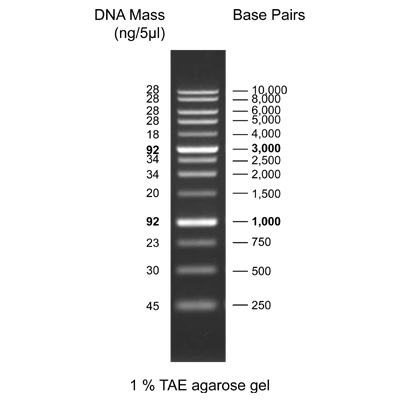
- #Ready maker cloning how to#
- #Ready maker cloning software#
- #Ready maker cloning code#
- #Ready maker cloning Pc#
- #Ready maker cloning free#
On Steam there’s no shelf-space restriction.

#Ready maker cloning how to#
Retail doesn’t know how to deal with those games. Now it’s the opposite extreme: we can put something up on Steam, deliver it to people all around the world, make changes. It was a huge risk – you had all this money tied up in silicon in a warehouse somewhere, and so you’d be conservative in the decisions you felt you could make, very conservative in the IPs you signed, your art direction would not change, and so on. The worst days were the cartridge days for the NES. Porting programs from MATLAB to Octave "There are still a number of differences between Octave and MATLAB, however in general differences between the two are considered as bugs." "EA and Zynga settle The Ville copycat case out of court". "EA Sues Zynga, But Deeper Social Issues Threaten". ^ clone /n./ "An exact duplicate: "Our product is a clone of their product." Implies a legal reimplementation from documentation or by reverse-engineering" from the Jargon File.
#Ready maker cloning software#
Įxamples of software cloning include the ReactOS project which tries to clone Microsoft Windows, and GNU Octave, which treats incompatibility with MathWorks MATLAB as a bug. The two companies settled out of court on undisclosed terms in February 2013. The lawsuit challenges that The Ville not only copies the gameplay mechanics of The Sims Social, but also uses art and visual interface aspects that appear to be inspired by The Sims Social. For example, in August 2012, Electronic Arts, via its Maxis division, put forth a lawsuit against Zynga, claiming that its Facebook game, The Ville was a direct clone of EA's own Facebook game, The Sims Social. Yet the public interface may also be subject to copyright to the extent that it contains expression (such as the appearance of an icon).
#Ready maker cloning code#
Borland allows the functionality of a program to be cloned so long as copyright in the code and interface is not infringed. In the United States, the case of Lotus v.
#Ready maker cloning free#
GNU, a clone of UNIX, was motivated by a need of the Free Software Movement for an operating system composed of entirely free software. The reasons for software cloning may include circumventing undesirable licensing fees, acquiring knowledge about the features of the system or creating an interoperable alternative for an unsupported platform. Software can be cloned by reverse engineering or legal reimplementation from documentation or other sources, or by observing a program's appearance and behavior. For instance the WinUAE emulator software tries to behave exactly like a physical Amiga. recent home computer remakes.Ī special kind of hardware remakes are emulators which implement the hardware functionality completely in software. There were many Nintendo Entertainment System hardware clones due to the popularity and longevity of the Nintendo Entertainment System.Įxamples for hardware remakes are e.g.

(See also White box (computer hardware).) This includes, but is not limited to, PCs assembled by home users or Corporate IT Departments.
#Ready maker cloning Pc#
While the term has mostly fallen into commercial disuse, the term clone for PCs still applies to a PC made to entry-level or above standard (at the time it was made) which bears no commercial branding (e.g., Acer, IBM, HP, Dell). The use of the term "PC clone" to describe IBM PC compatible computers fell out of use in the 1990s the class of machines it now describes are simply called PCs, but the early use of the term "clone" usually implied a higher level of compatibility with the original IBM PC than "PC-Compatible", with (often Taiwanese) clones of the original circuit (and possibly ROMs) the most compatible (in terms of software they would run and hardware tests they would pass), while "legitimate" new designs such as the Sanyo MBC-550 and Data General One, while not infringing on copyrights and adding innovations, tended to fail some compatibility tests strongly dependent upon detailed hardware compatibility (such as ability to run Microsoft Flight Simulator, or any software that bypassed the standard software interrupts and directly accessed hardware at the expected pre-defined locations, or-in the case of the MBC-550 for example-wrote diskettes which could not be directly interchanged with standard IBM PCs). The result was a machine with similar performance and lower price than the machines cloned.

Because most of the components, except the PC's BIOS, were publicly available, all Compaq had to do was reverse-engineer the BIOS. When IBM announced the IBM PC in 1981, other companies such as Compaq decided to offer clones of the PC as a legal reimplementation from the PC's documentation or reverse engineering. This unit plays both NES and SNES cartridges. The FC Twin famiclone designed to look like a SNS-101.


 0 kommentar(er)
0 kommentar(er)
